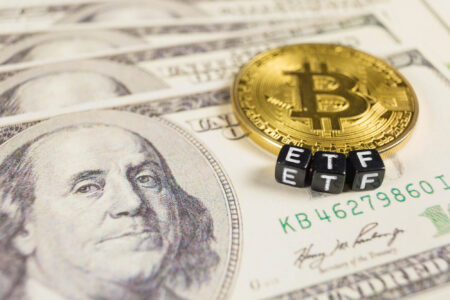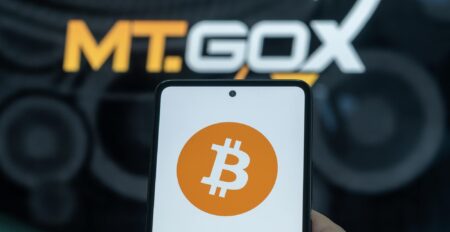What happened this week in the world of blockchain and cryptocurrencies? The most relevant local and international events, along with engaging background reports, concisely summarized in the weekly review.
Selected articles of the week:
Exchange-traded funds (ETFs) are investment funds that are traded on the stock exchange in a similar way to individual stocks. They hold a variety of assets such as stocks, bonds or commodities and offer investors an easy way to diversify their portfolios with lower fees. In the case of Bitcoin, ETFs approved in January allowed mainstream investors in the US to invest in the sector for the first time through a regulated, traditional investment vehicle. Even nine months after the starting signal, investors are taking full advantage of this opportunity. Last week, over $2 billion flowed into the products.
Even nine months after launch, the demand for Bitcoin ETFs remains high. In the past three days, $1.2 billion flowed into the financial products.
First mainstream crypto app?
Prediction markets are exchange-based platforms where participants trade contracts based on the outcome of future events such as elections or economic trends. The prices of these contracts reflect the collective probability of an event occurring. Traders profit directly when their prediction matches the actual outcome. This simple concept takes on particular importance during US election cycles every four years, as evidenced by the rapid rise of the crypto betting platform Polymarket. The protocol promises greater transparency, lower fees and censorship resistance by displaying the business on the blockchain. To date, users have bet over $2.5 billion on the outcomes of US elections.
Amidst the ongoing presidential elections in the USA, the crypto betting app “Polymarket” was able to capture the prediction market.
Ripple launches stablecoin
Ripple was founded in 2012 as a crypto startup. The goal was to create a decentralized, digital payment system. The company wanted to enable low-cost, cross-border transactions. It was supposed to differ from Bitcoin in that it offered a more scalable solution. The basis of the network: the cryptocurrency XRP, formerly also called “Ripple”. But in recent years, Ripple has had difficulties establishing XRP as a means of payment. Now the company wants to focus on stablecoins instead. This week, Ripple launched the RLUSD stablecoin with various exchange partners.
Ripple wants to enter the lucrative business dominated by Tether and Circle with its own stablecoin RLUSD.
Memecoins conquer the market
Memecoins are a type of cryptocurrency inspired by internet memes and popular culture. They are often introduced as a joke or to exploit viral trends. Unlike mainstream cryptocurrencies such as Bitcoin or Ethereum, memecoins usually have little or no intrinsic value or practical use, making them highly speculative and volatile investments. Over the past twelve months, however, the sector has seen above-average price growth. This makes memecoins a challenge to traditional investment ideas and theories. Let’s take a look at the background to the meme revolution.
Memecoins are gaining market traction despite high volatility and lack of fundamental value, mainly driven by community engagement.
Remaining Mt. Gox payouts in fall 2025
In addition: This summer marked the end of a long-running saga. For years, the insolvency administrator plagued former customers with delays in payments. It took a whole decade before creditors finally received their long-missing bitcoins. Almost 100,000 bitcoins (USD 6.5 billion) left the wallets of the insolvent exchange. Coins worth 2.8 billion USD remain. The deadline for their payout has now been postponed by the insolvency administrator by one year to October 31, 2025.
The bankruptcy trustee of the crypto exchange Mt. Gox is postponing the repayment of the remaining 2.8 billion USD in Bitcoin to next year.









